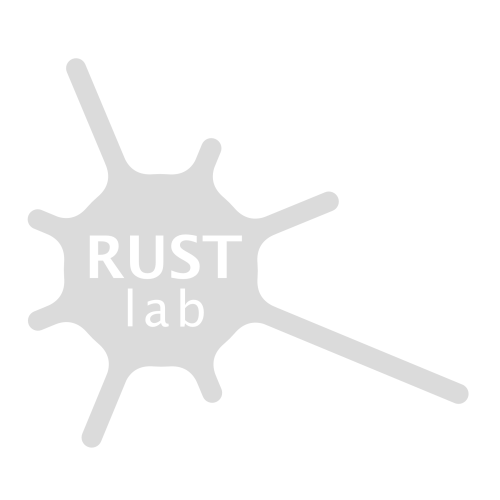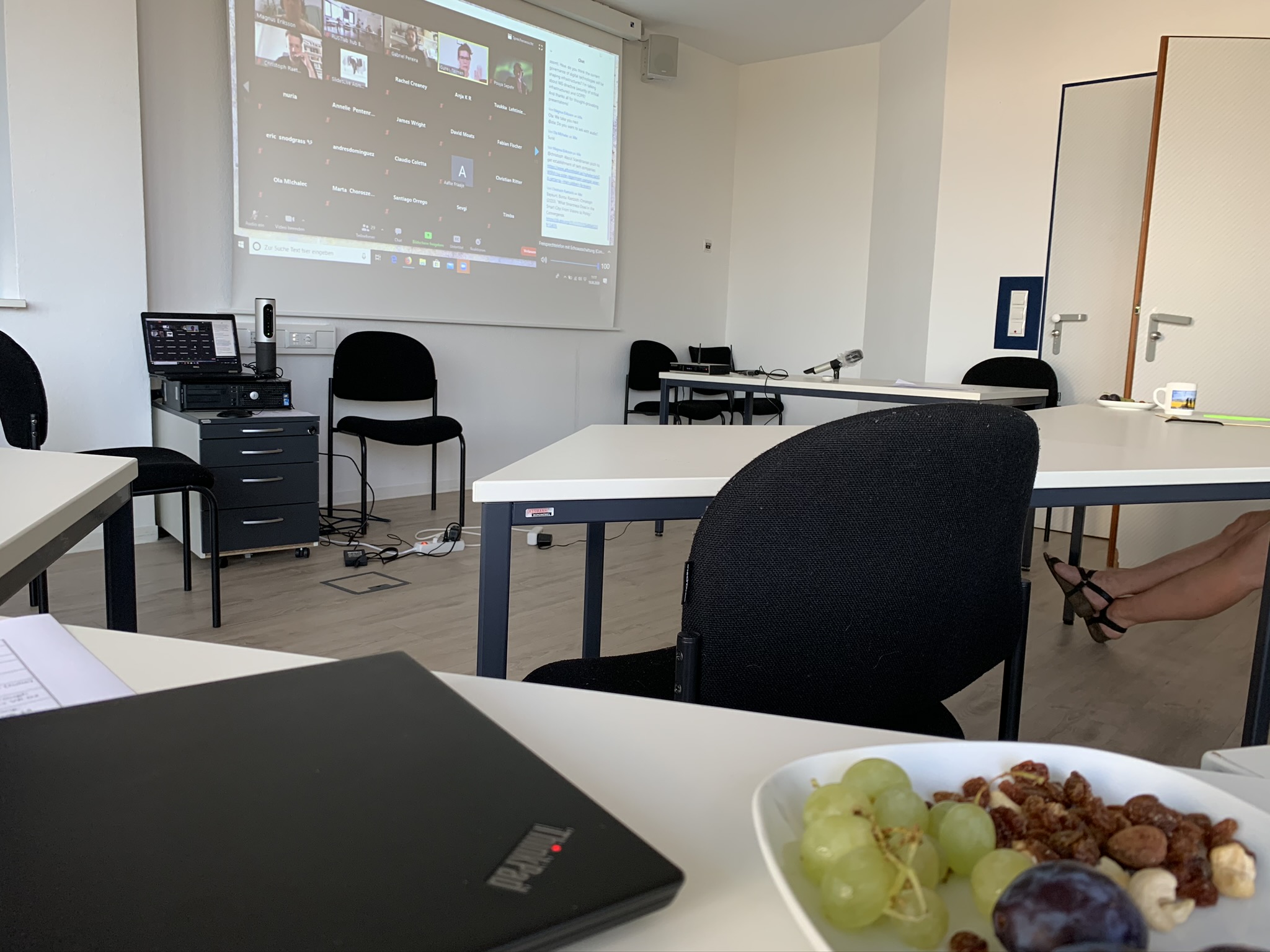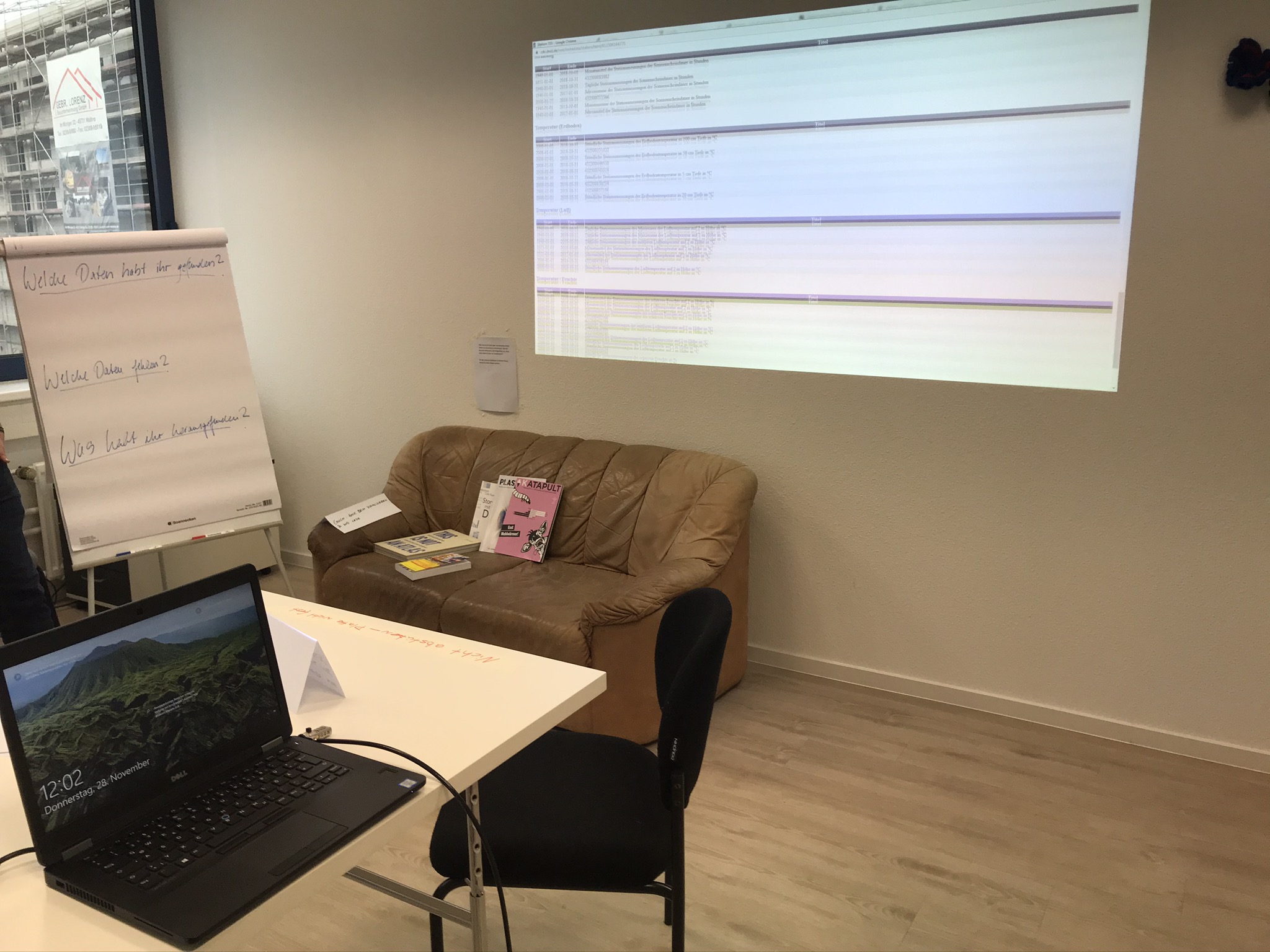Studies of technoscientific worlds are always studies across disciplines and professions. While ‘interdisciplinarity’ has been a buzzword for many years, good methods for engaging across highly specialized differences remain a challenge. Co-laboration is a term coined by Jörg Niewöhner (e.g. 2015) to point to the collaborative and experimental work that goes into this. RUSTlab takes up the challenge by engaging with methods for technoscientific co-laborations.
On this page we present reflections on some of the co-laborations we practice and which you can find described under activities.
Shut up and write
In the shut up and write sessions, all participants write together separately. This re-sets the individual practice of writing into a collaborative and convivial togetherness. During the breaks – which are strictly timed – the interdisciplinary group chats about writing as a disciplinary infrastructuring practice.
SUAW takes place during the semester, and due to SARS-CoV-2 it is moved to Slack. During the summer term of 2020, we meet twice a week: monday, 11am-1pm; tuesday, 10am-1pm. Drop a hint to rustlab[at]rub.de or chat with Laura if you want to participate.
Cybersecurity Workshop
RUSTlab organized a one-day event on interdisciplinarity in cybersecurity research accompanied by a keynote by Prof. Andrew Barry (UCL) on “What is an interdisciplinary problem?”. The workshop explored further directions in collaboration with the SecHuman PhD program. SecHuman investigates hetereogeneous aspects of cybersecurity and privacy. The program consists of 13 phd students from different disciplines (stretching across mathematics, computer science, humanities, social science, linguistics and psychology).
The PhD students were organized in tandems, two students working closely together in each tandem. The workshop reflected upon the interdisciplinary process since the initialization of the project (in 2017) and map out directions ahead. We did so by introducing two hands-on exercises; firstly, we used published articles from all participants to visualize a web of semantic relations between the texts. We asked the participants to interpret the web and speculate on the connections or partial connections between the areas of research in SecHuman. Secondly, we asked the participants to discuss a scenario and draw ways of action. They did so in groups of 5, randomly brought together. This scenario-based exercise brought to light technical and non-technical problematizations when attempting to introduce a new data storage system for a project team. The workshop ended in an open discussion of possible ways ahead and an evaluation of the hands-on exercise methodologies.



